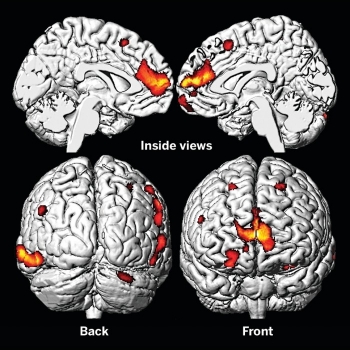 Children who consume even small amounts of lead in drinking water lose IQ points for life. In addition, lead in children’s brains (shown here in orange) reduces their impulse control. Individuals with lead in their brains are imprisoned at four times the rate of their generation who have no lead.[1] [2]
Children who consume even small amounts of lead in drinking water lose IQ points for life. In addition, lead in children’s brains (shown here in orange) reduces their impulse control. Individuals with lead in their brains are imprisoned at four times the rate of their generation who have no lead.[1] [2]
Surprisingly, there are no federal requirements for schools to test their drinking water for lead contamination, and only 7 states require any form of inspection at all; you can click here to see that list.
No one checks the schools in the other 43 states!
Continue Reading

